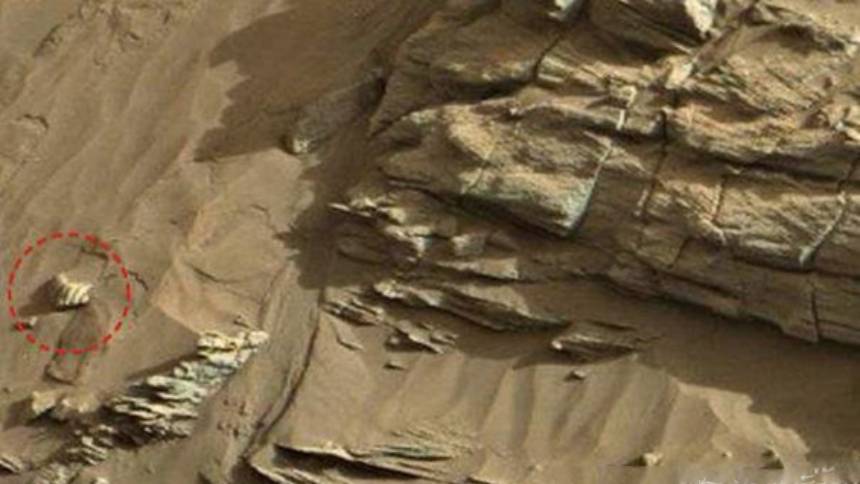For scientists, the existence of life needs to meet two basic conditions. One is liquid water and the other is oxygen. These are two very important elements for carbon-based life. If any one of them is missing, then carbon-based life is very difficult to appear. At present, scientists have also found that there was liquid water on Mars, which undoubtedly increases the possibility of life on Mars. However, with the successful landing of various human probes on Mars, it is known that Mars is a very dangerous planet, and the probability of existence of life is lower than expected. Moreover, scientists also found that in addition to the gray desert on the surface of Mars, there is only the loess under the feet, which is completely a scene of the desert Gobi.
In recent years, with the help of high-tech equipment, scientists have made new progress in their understanding of Mars. Since the “Curiosity” rover landed on Mars in August 2012, it has been continuously sending back pictures of the Martian surface for researchers on Earth. . Through the “Curiosity” Mars rover, NASA scientists accidentally discovered the existence of a giant shell in Gusev Crater on Mars, which means that ancient Mars once had an ocean that harbored life. The appearance of this shell really excites scientists! The shell is round, with a thin top, now broken, and the remainder intact. Therefore, the origin of shells has also become the focus of research by scientists.
Some scientists said that in the early Mars more than 4 billion years ago, the solar radiation was far less intense than it is now, so Mars has a large amount of liquid water, and it is also a vibrant life with oceans, blue sky, green and various creatures. planet. However, with the constant changes of the sun, the energy released by the sun is getting stronger and stronger, and the liquid water on Mars is also shrinking and drying up, and the shells produced in the original lake are buried after the lake disappears. below the surface. Although scientists have not yet found life on the surface of Mars, scientists believe that there is still the possibility of life on Mars today. There may be oceans under the surface of Mars, and life has not disappeared on Mars.
